Lawn furniture is what I imagined as I let my mind wander, thinking about owning my own Ginger One from Italian start-up Ginger Additive. And I’d print it using my own household plastic waste, carefully sorted by polymer type and cut into shreds. I’d print lawn chairs and tables for all of my friends and neighbors. At less than $10,000, the printer would pay for itself in no time!
Now back to reality. Milan-based Ginger Additive is just getting started, and its printer is still in the beta-testing stage. But the promise of offering large-scale 3D printing with affordable pellet materials or recycled plastic shreds at a price tag not out of reach for small businesses and some consumers is thrilling.
Founded by two under-30 engineers out of the Polytechnic University of Milan, Davide Malnati and Umberto Bisotti, Ginger Additive is on a mission to make large-format printing accessible in terms of both cost and functionality.
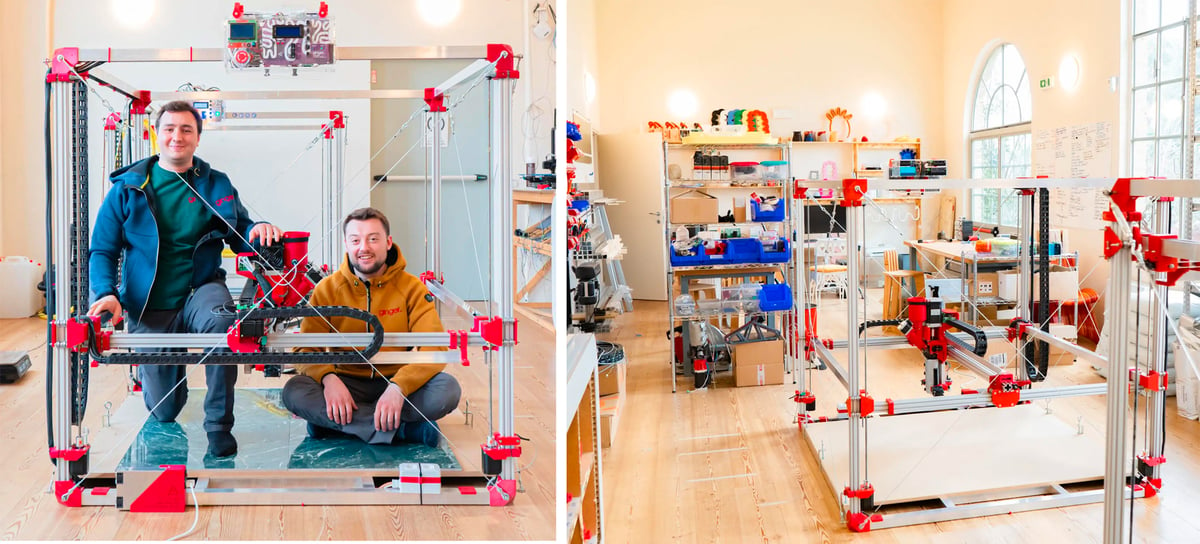
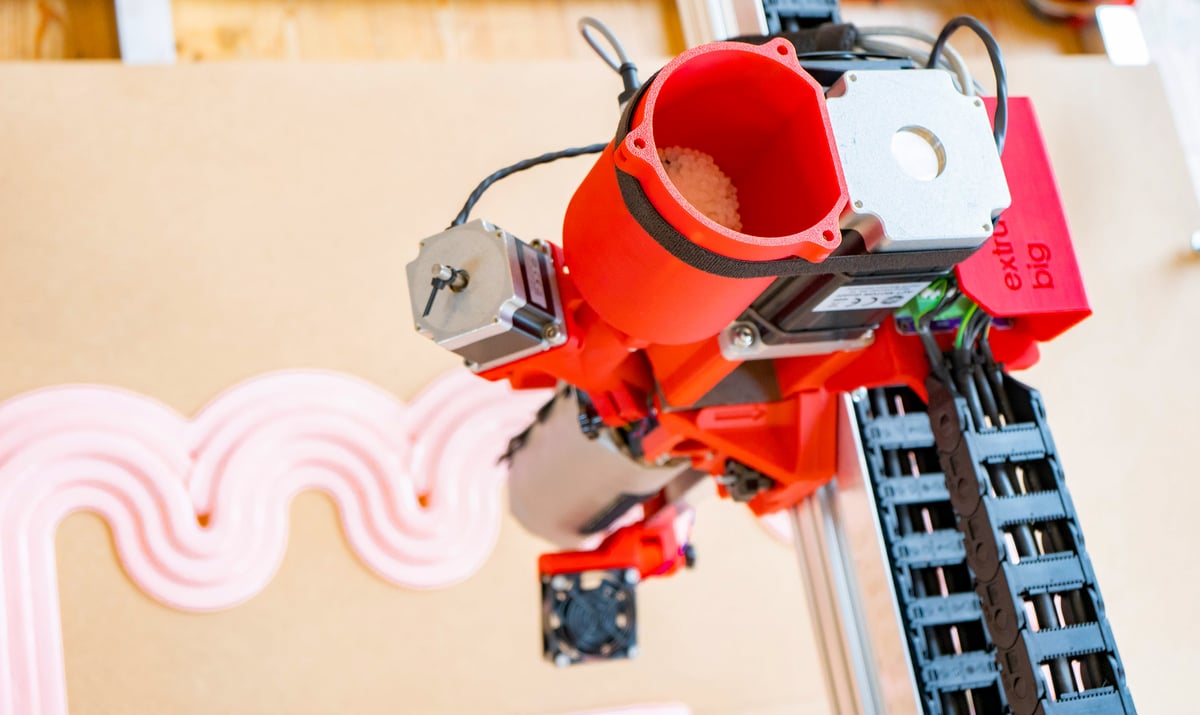
The Ginger One keeps costs down by cutting out some of the features you may find in more expensive large-format printers. The closest comparison on the market might be the Re3D Gigabot X2 pellet printer that’s half the size for twice the price — but has a heated bed, touchscreen controls, more powerful motors, and other pluses.
At the heart of the Ginger One is its pellet extrusion technology that enables printing with any (any, the company says) thermoplastic granule instead of common filament. This opens up the possibility of using industrial granules, non-common materials, custom blends, and any type of shredded or recycled plastic without any intermediate process or material prep.
This not only cuts raw material costs but opens up new opportunities for recycling and creating more sustainable products.
The Ginger One, v1.3, is large-format printing, up to 1 cubic meter is possible, and the printing time is up to 2 kilos of material per hour.
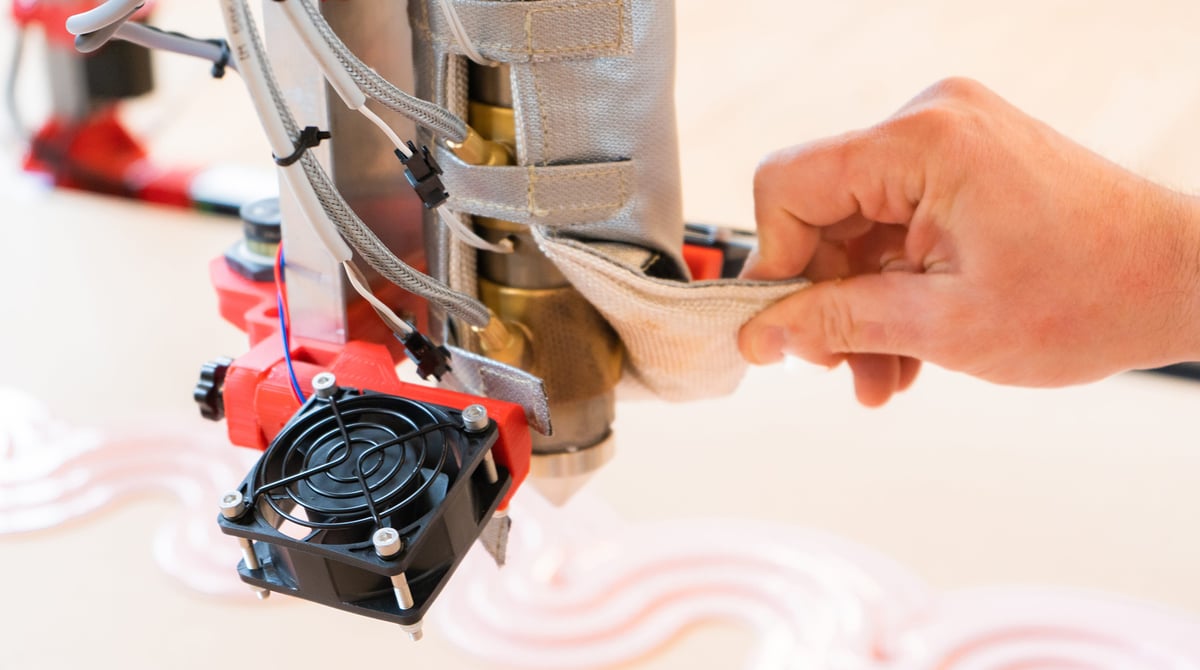
Part quality is controlled with the heating and cooling features. There are three independent heating zones with independent controls to manage the temperature along the extruder. Extrusion-oriented cooling fans enable big layers, overhangs, and small bridges, the company says.
Three nozzle sizes are available in stainless steel enabling layer heights from 0.5mm up to 5 mm.
The company has tested a wide range of materials, and its beta testers will no doubt add to the list. Other than PLA, the Ginger One can handle TPU, PP, ABS, biopolymers, and more in pellet, recycled, or shredded form.
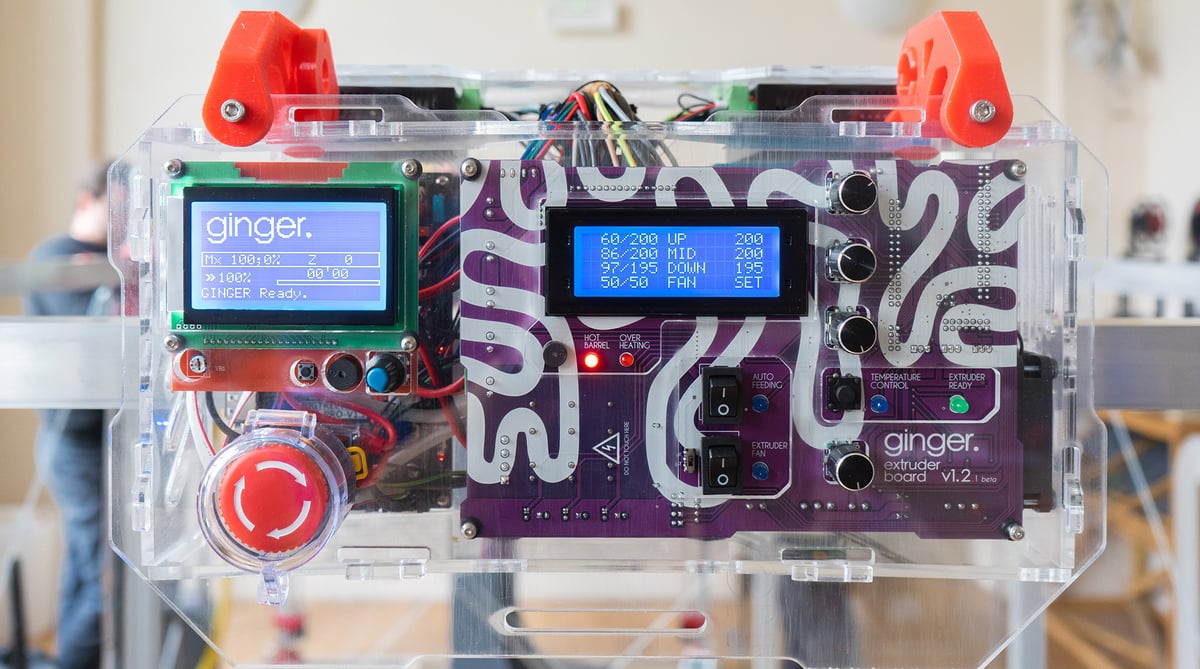
Semi-Assembled for Modular
Although the star of the show is the extruder, the un-enclosed aluminum frame supports a high-torque stepper motor. Many of the parts are, themselves, 3D printed in PET-G, giving the whole unit a kit feel. In fact, it comes partially pre-assembled.
A clamping system enables easy bed change out, and there’s a probe for automatic bed leveling that works with every material. There are Cartesian kinematics based on Xtreme v-slot rails.
Ginger Additive is as open with its controls as it is with its material. The electronics run on open-source Marlin firmware. Slicer software is your choice of Cura, IdeaMaker, or PrusaSlicer.

Ginger Additive has a few dozen companies testing out the units now and will no doubt make some changes before the official commercial launch expected in 2024. This experiment in affordable large-scale pellet printing will no doubt be copied in the years to come.
I’m looking forward to my lawn furniture.
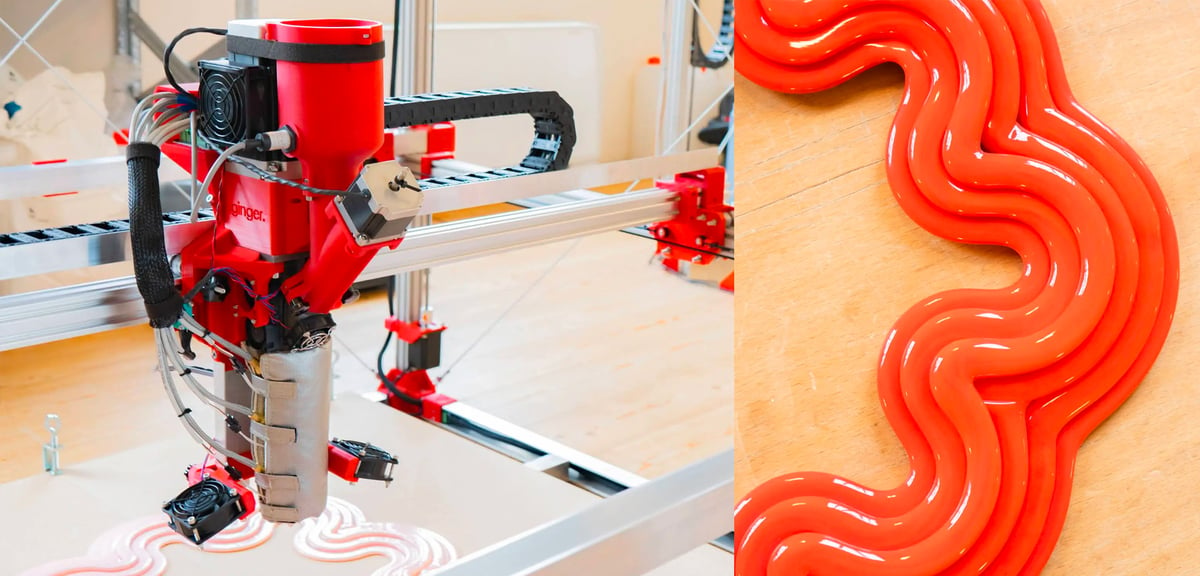
Tech Specs & Price
- Technology: FDM
- Mechanics: Single pellet extruder
- Print volume: 1000 x 1000 x 1000 mm
- Max extruder temp: 28o ºC
- Min layer height: 0.05 mm
- Max layer height: 5 mm
- Max print speed: 2 kg / hour
- Materials: Polymers, recycled polymers
- Price: ~$9,000
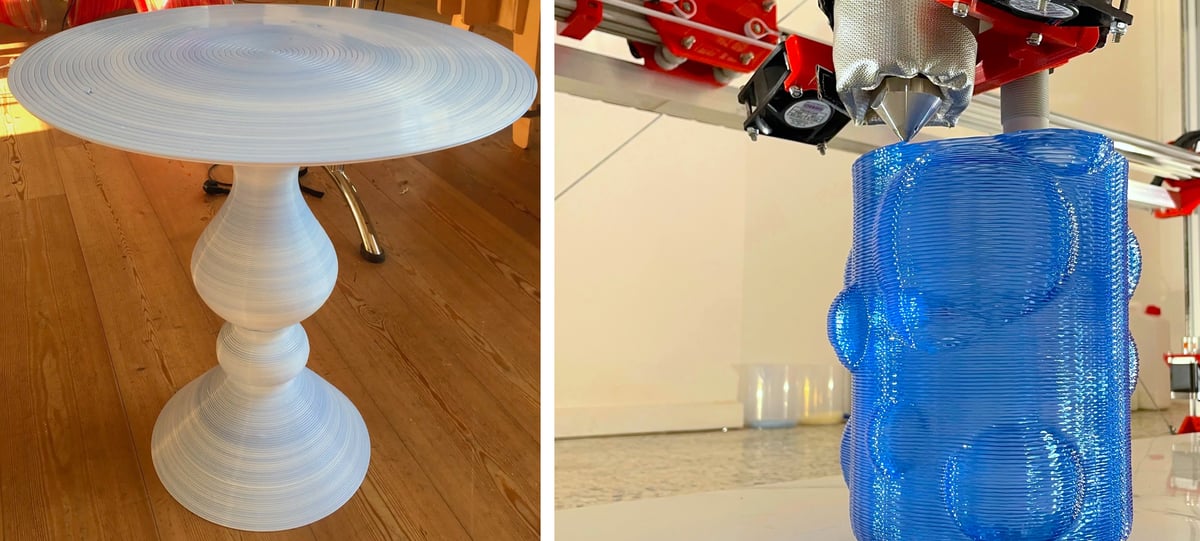
License: The text of "What Would You Print With A Large-Format Pellet 3D Printer Under $10K?" by All3DP Pro is licensed under a Creative Commons Attribution 4.0 International License.